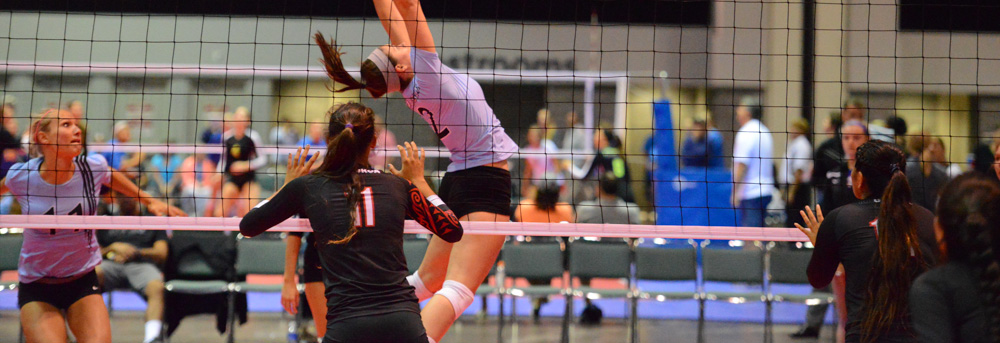Preparing to Squat
Establishing and maintaining a neutral spine is not child's play
One of my biggest challenges in learning to squat was establishing and maintaining a neutral spine. Limited hip mobility, core muscle strength, and motor control were the primary culprits, combining to make it extremely difficult to reach parallel without losing lumbar alignment.
One might think it would be easier to teach the squat to reasonably-active children, but working with our three kids convinced me that the squat is one of the most challenging foundational movements to master. When working with beginners, an air squat or box squat using body weight alone is the best training technique to demonstrate competence before adding any resistance.
To summarize our Back Squat lesson, there are four fundamental requirements for a safe squat:
- Establish and maintain a neutral spine. First, ensure that the athlete does not "unlock" the pelvis at the top and slip into lumbar extension when initiating the movement. Second, ensure that the athlete can maintain spinal alignment all the way through the bottom of the squat, and does not experience "lumbar reversal" (aka "butt wink" or "tuck under") where the pelvis is pulled under at the bottom of the squat and the lumbar spine collapses into flexion. Lumbar reversal can result from insufficient core muscle engagement to maintain pelvis position, as well as insufficient hip mobility.
- Initiate the squat with the hips, not the knees. Ensuring that the hips move first by "reaching back with the hamstrings" maximizes load on the hips and minimizes load on the knees. A corollary to this requirement is ensuring the shins stay as vertical as possible for as long as possible. While every athlete's geometry is unique, ideally the knees should not advance past the toes.
- Prevent knees from collapsing into a valgus position. In addition to not collapsing forwards, knees should not collapse inward during the squat. Cues such as "knees out" and "spread the floor" to generate external rotation torque in the hips help maintain knee and ACL stability.
- Prevent ankles from collapsing inward into pronation. Proper squat technique maintains a normal foot arch and prevents navicular drop. External rotation torque generation in the hips as explained above also serves to maintain the feet and ankles in a stable position.
While all four elements above are important, protecting the spine is arguably the most critical. Especially for younger athletes, the concept of “neutral spine” needs some explanation. One useful tool is a lightweight dowel or broomstick, as show below:
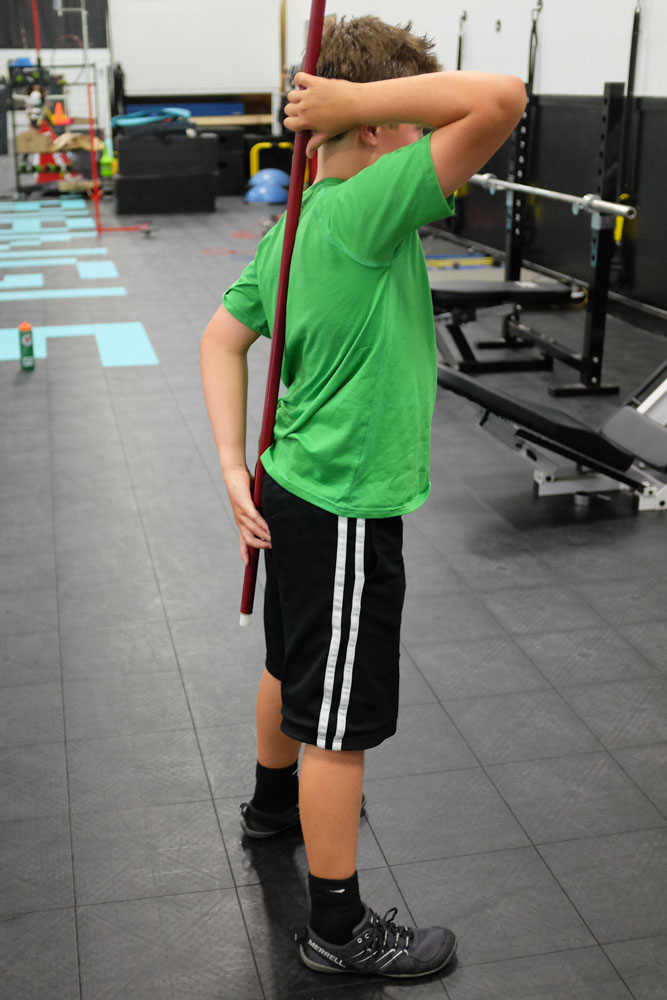
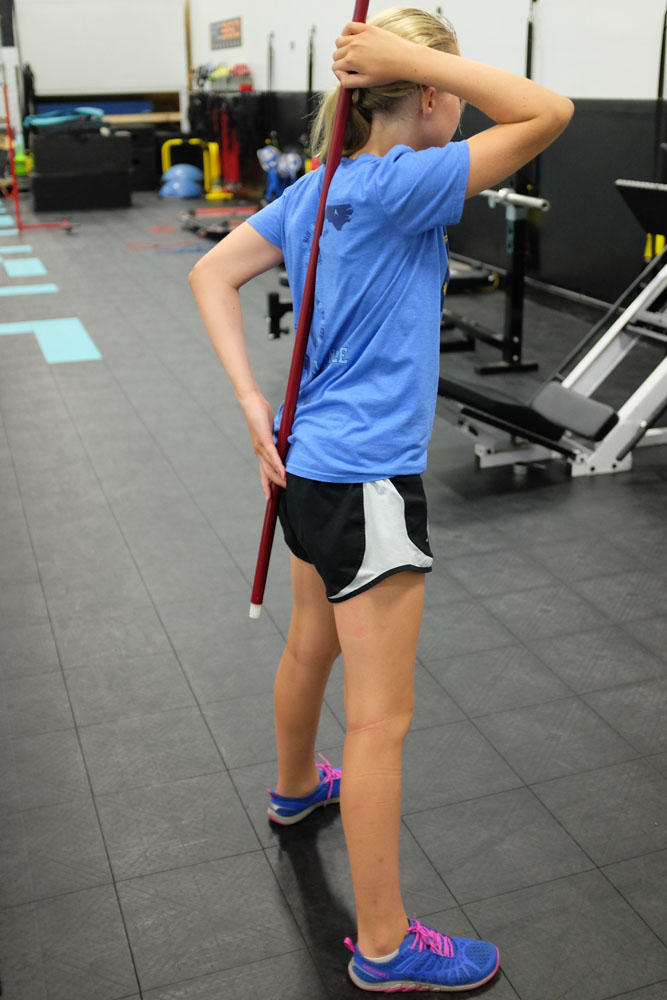
Once the athlete understands what neutral spine feels like, the next question is if this relative position of the pelvis and spine can be maintained while holding a plank, or doing an air squat. Here is where things get interesting:
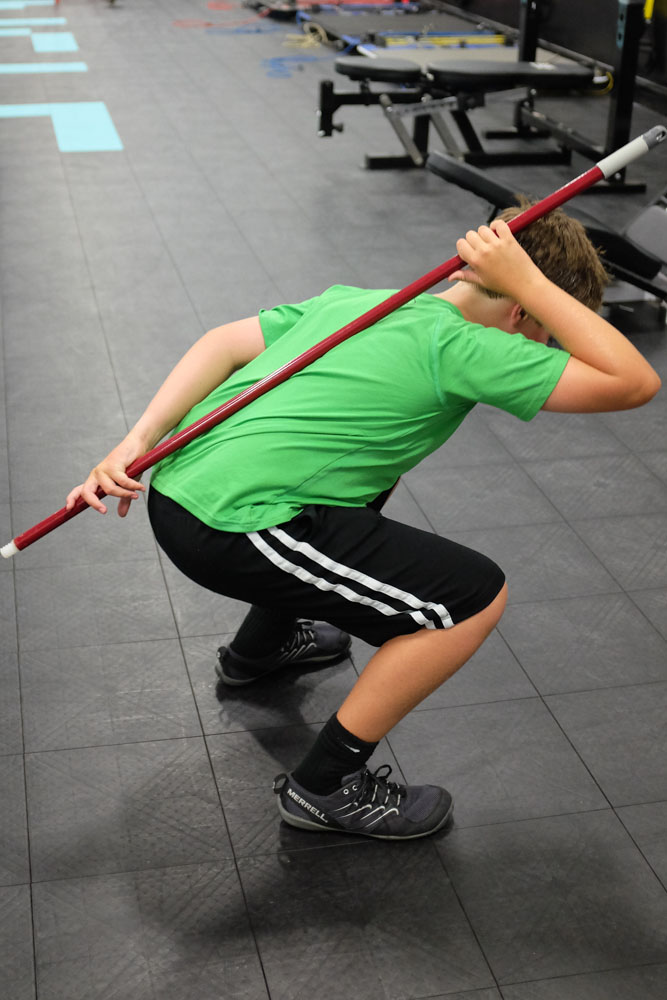
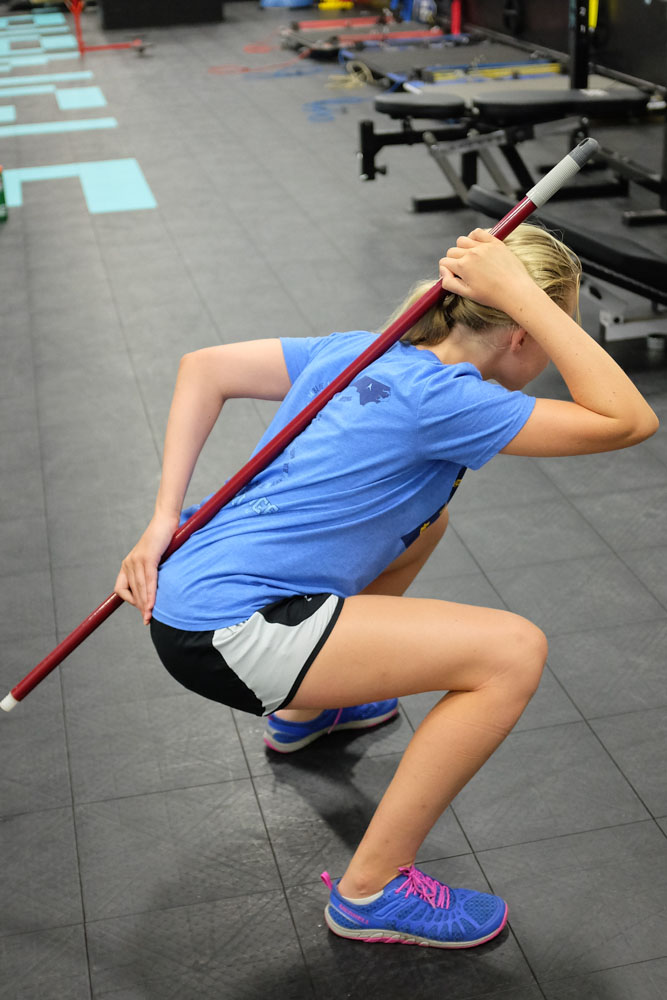
In addition to maintaining neutral spine at the bottom of the squat, there is one more gotcha to consider – the lumbar extension fault (LEF) at squat initiation. The LEF is especially common when working with athletes who are flexible but still learning motor control. When coaching an athlete to begin the squat by sitting back with the hips, sometimes that instruction is interpreted as unlocking the pelvis and slipping the lumbar spine into extension, thus “reaching back with the butt”:
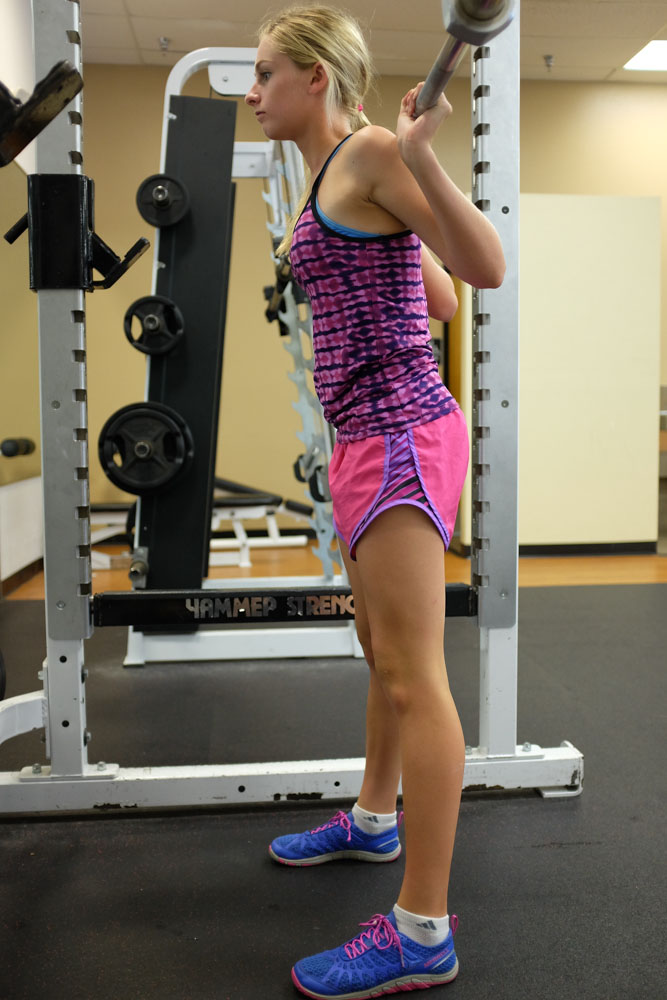
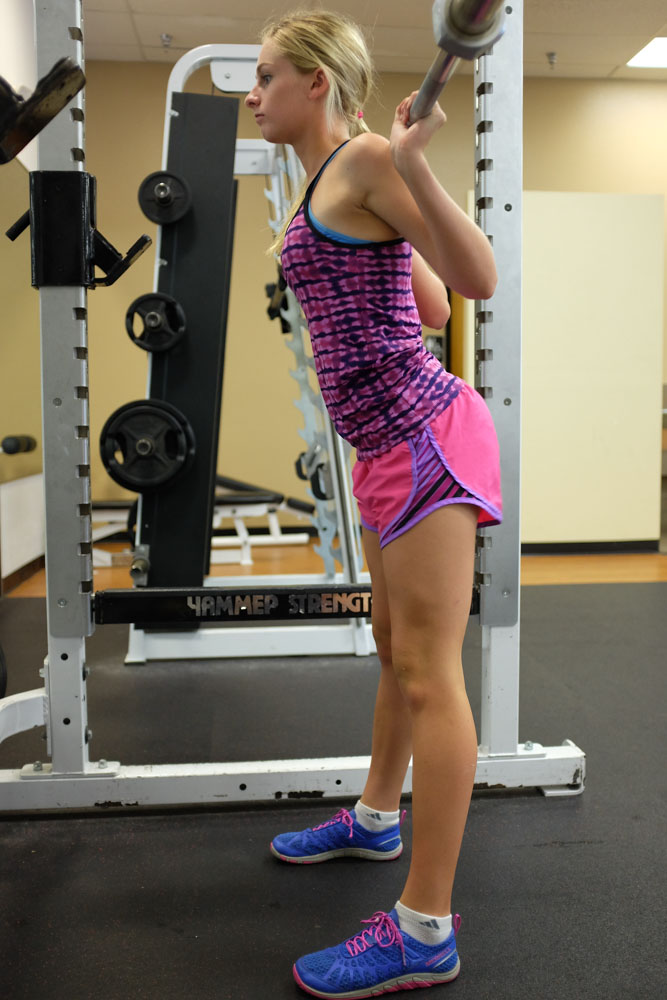
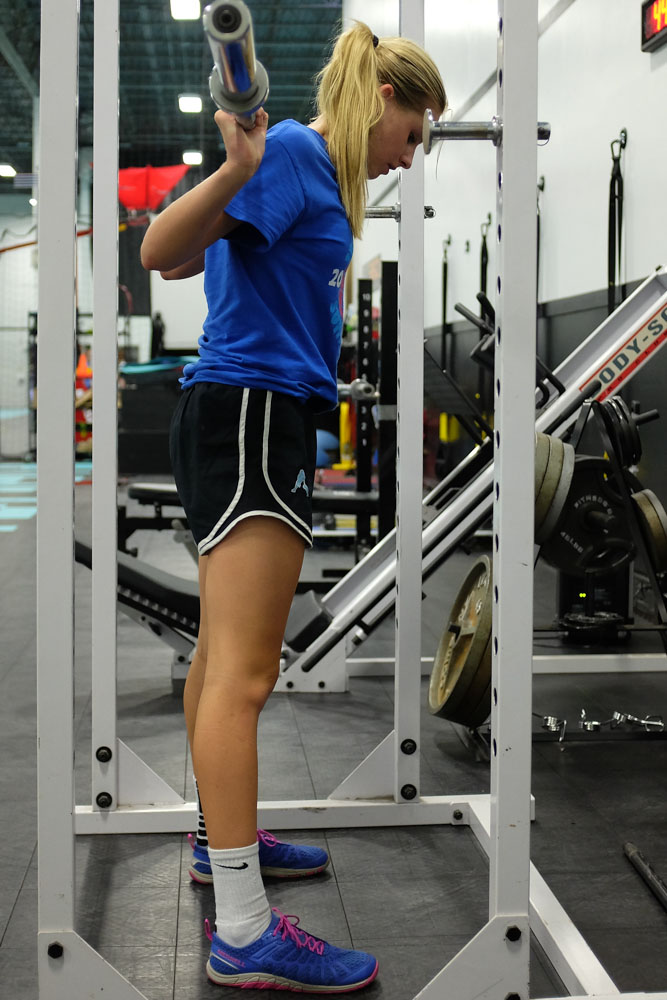
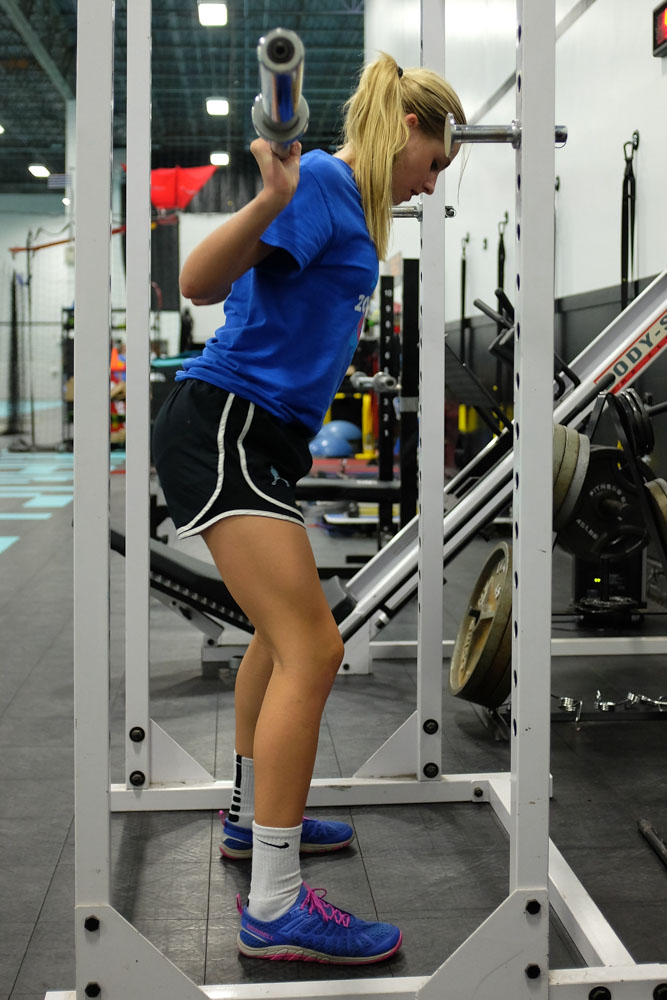
Fix It!
For athletes needing only to work on motor control, video feedback of air squats or box squats is typically sufficient to clean up form.
For athletes with substantial mobility deficits, such as our ten-year old son who has just begun to squat with the same hip tightness that I worked through, more mobility work is necessary. Certainly, continued practice with unweighted air squats and box squats will help:
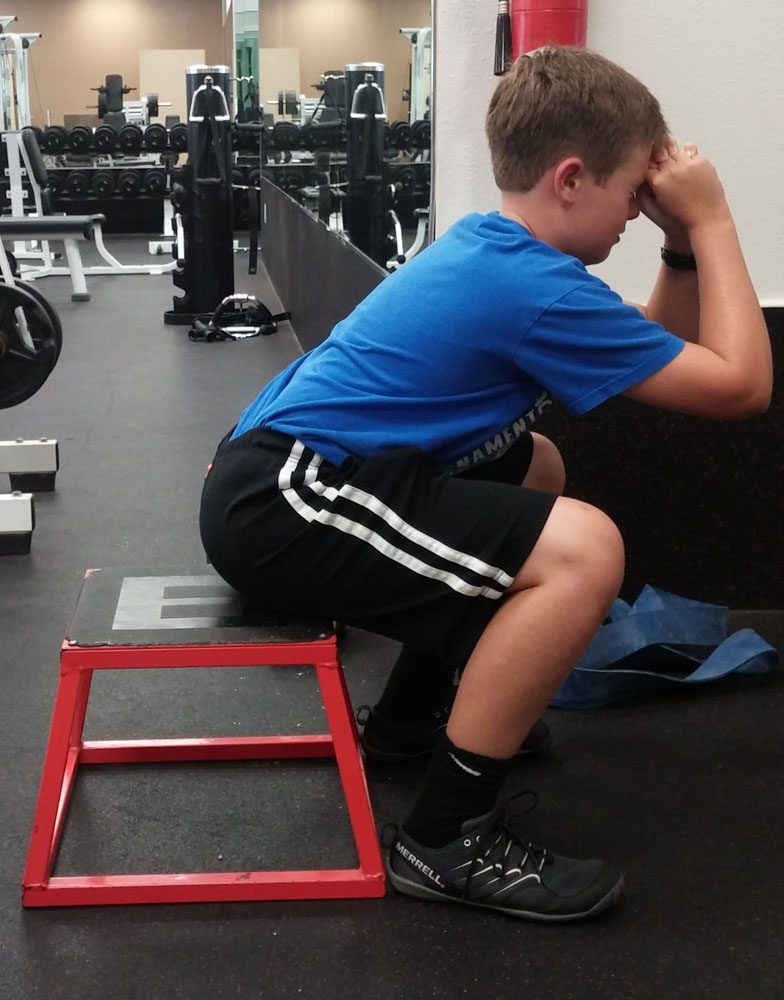
For additional mobilizations, Supple Leopard’s sections on Posterior High Chain (p 298) and Hamstring (p 346) are especially useful. Additionally, simply hanging out in the bottom position of the squat as prescribed in Starrett’s first MobilityWod video works wonders – that was my primary technique, and it took me about three months to go from 30 seconds of serious misery in the bottom position to a comfortable 10 minutes in the “paleo chair”:
Finally, Part II of Tony Gentilcore’s article on Fixing the Tuck Under has additional recommendations, such as a similar (and fairly enjoyable) Rocking Sumo Squat Stretch:
Moving ahead to more advanced squatting techniques, at some point you may be interested in further enhancing hip mobility to achieve the more upright torso of the front squat, overhead squat, and push press. The below video of Chris Spealler’s Squat Therapy is fantastic:
All This Work with No Weights?
In closing, I’d emphasize that adding any weight to a beginning athlete who cannot comfortably air squat to parallel while maintaining a stable spine and with good overall form is unnecessary and potentially dangerous. Groove the form first, and only begin challenging with weight and repetitions once good unweighted form has been established.
And don’t wait until your 10 year old has substituted mobile electronics for physical mobility – mastery of the squat form without resistance can be attempted at any age in otherwise healthy people!
